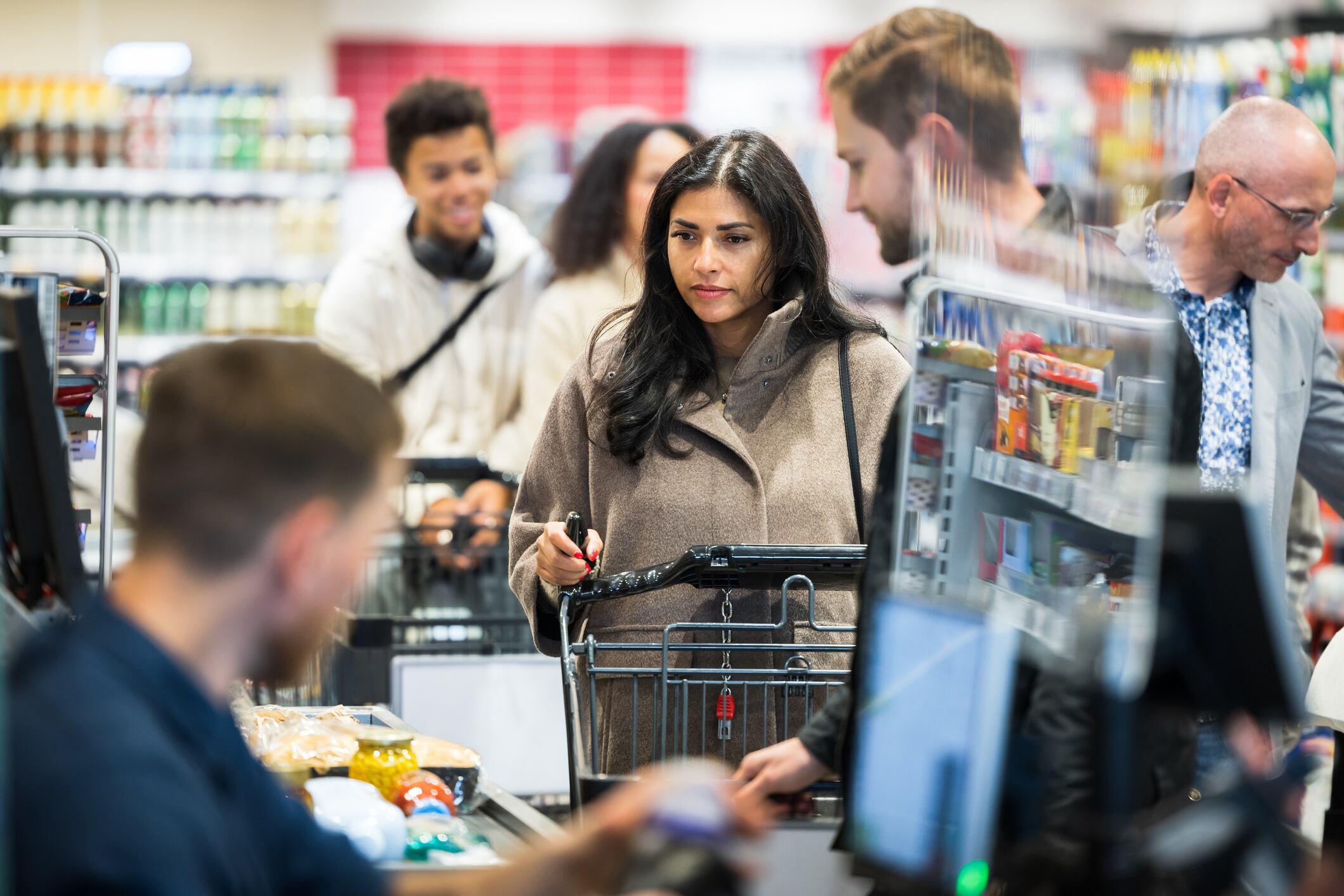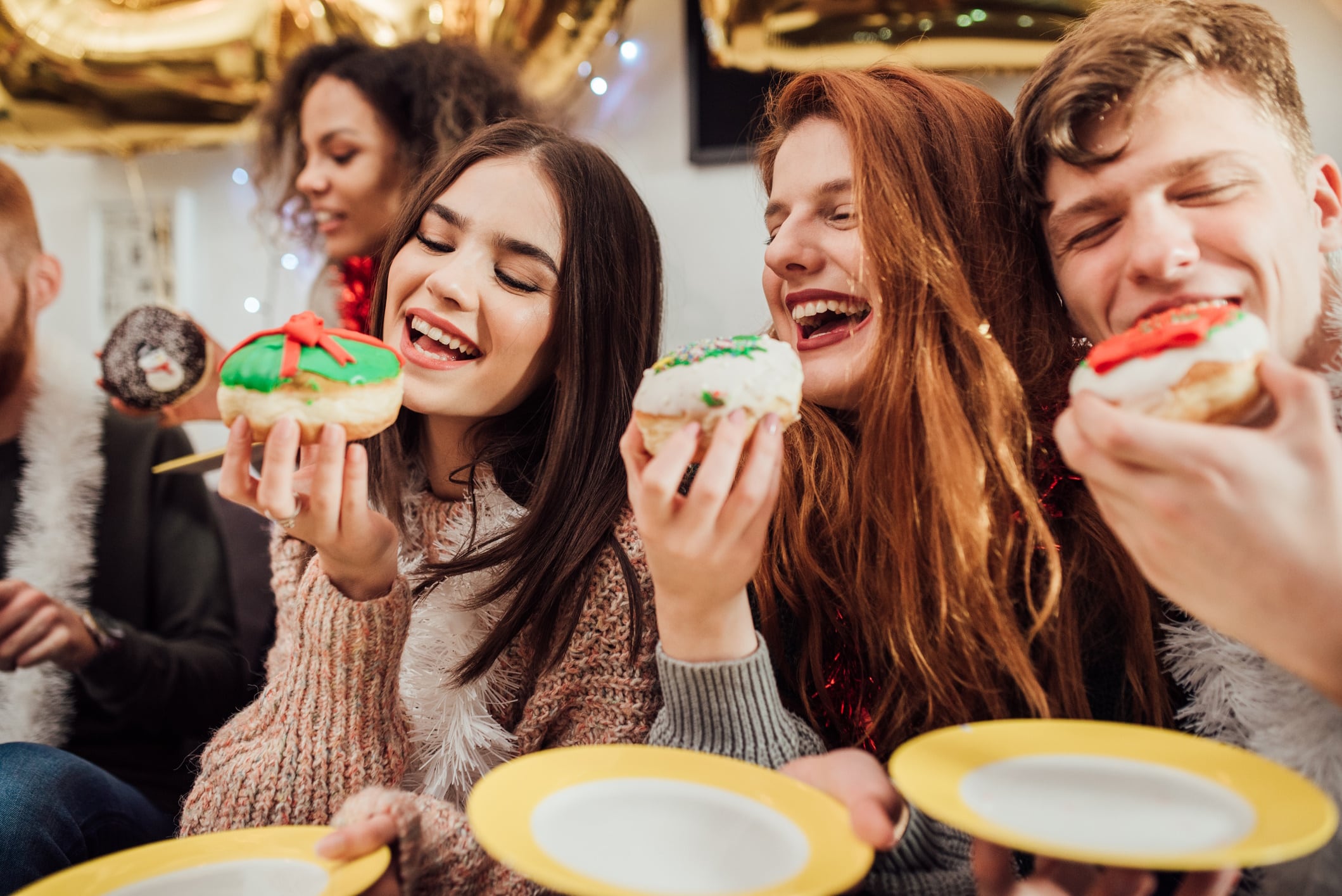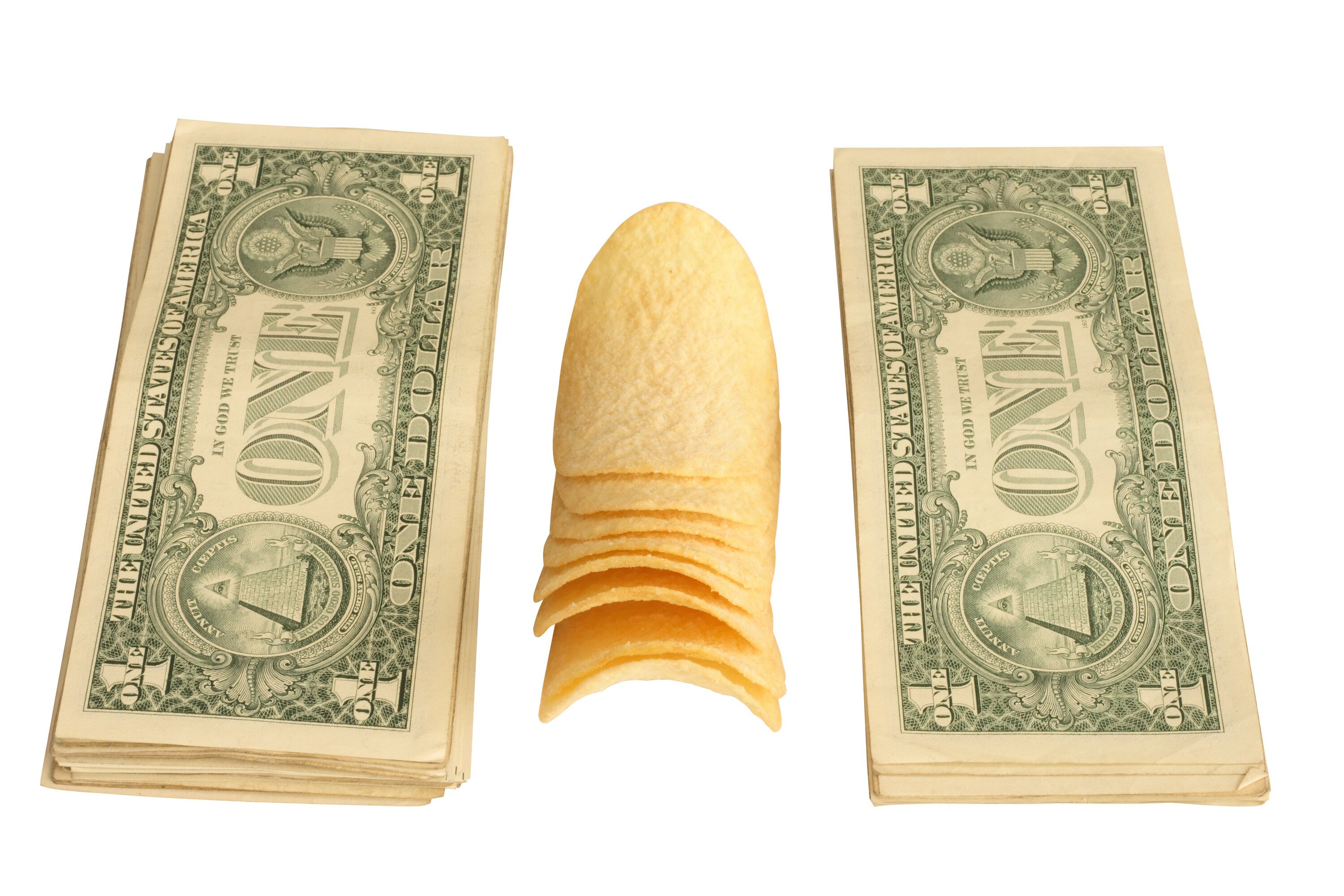Key takeaways:
- GLP-1 drugs are reshaping eating habits, but the sales hit to bakery, snacks and confectionery remains limited.
- Food giants are racing out ‘GLP-1 friendly’ products even as indulgence sales hold up better than expected.
- The real snackdown is whether this is a lasting revolution or just another industry scare story.
It’s hard to escape the noise. GLP-1 appetite-suppressing drugs like Ozempic and Wegovy are being cast as the food industry’s biggest threat in decades. Analysts warn billions in sales are at risk and survey data shows consumers on these drugs are skipping snacks in droves. For indulgence-led categories like cookies, chips, pastries and cakes, the headlines sound apocalyptic.
The story makes intuitive sense. These drugs flatten hunger cues, rewire cravings and alter taste. Users consistently say that fatty or sugary foods lose their appeal. The very textures that once made chocolate bars, potato chips or frosted cakes irresistible suddenly repel. That’s a nightmare scenario for any category built on indulgence.
And there’s no shortage of numbers to back it up. NielsenIQ reports 66% of American GLP-1 users snack less often. Kantar finds the same figure in the UK. Numerator and Cornell researchers found household grocery spend fell 5% to 11% within six months of adoption, with chips down 11%, sweet baked goods 9% and cookies 7%. Euromonitor data shows German consumers cut bakery purchases by 25% in the first three months on GLP-1s. A grain-industry survey adds that 48% of users buy bread less often and 37% cut back on sweet goods.
On paper, it looks like a direct assault on the shelves that have long powered growth. For decades, indulgence has been the profit engine. If that engine stalls, what happens to the entire bakery and snacks sector?
Industry on alert, but no collapse

But here’s the contradiction: Despite all the alarming consumer data, corporate earnings tell a far calmer story. Goldman Sachs puts the global GLP-1 drug market on track to hit $150 billion by 2030, yet that hasn’t translated into anything close to a bakery and snacks implosion.
Take Hershey. CEO Michele Buck acknowledged in November 2024 that GLP-1s were having a “mild impact” on confectionery. By the company’s Q2 2025 earnings call, she stressed the effect hadn’t grown – and no material impact was expected through 2026. Mondelez and Nestlé have delivered similar reassurances. For all the dire warnings, their balance sheets don’t yet reflect a sector in crisis.
That raises uncomfortable questions. Are surveys overstating the behavior of early adopters, who may not represent the broader mass market? Are the losses concentrated in a narrow slice of heavy snack buyers, whose absence looks dramatic in panels but muted in sales data? Or is it simply too early – with global promotions, supply chains and substitution effects delaying the full force of change?
Threat or false alarm?

What’s clear is that consumer behavior is shifting. But whether that adds up to an existential threat or just a manageable disruption is far less certain.
Not everyone buys into the panic. As Peter Rasmussen, CEO of Convenience and Energy Advisors, told CStore Dive in February 2025: “People are paying a lot of money to use these drugs and make their bodies better, and they’re willing to pay a premium to continue to support that.” The shopper, in other words, hasn’t disappeared. They’re redirecting dollars into protein-rich, high-fiber and functional products – not simply abandoning the snack aisle.
That makes the future look less like a collapse and more like a reallocation. Consumers cutting back on frosted cupcakes are picking up high-protein donuts, fiber-packed breads and fortified snack bars. They’re still spending – just on different formats. That’s why so many multinationals are rushing new products to market.
Nestlé has already rolled out its Vital Pursuit line of frozen meals, explicitly targeting GLP-1 users with portion control and added protein. Conagra followed with Healthy Choice On Track meals, carrying a ‘GLP-1 friendly’ badge. Flowers Foods is pushing Dave’s Killer Bread as a fiber-forward staple. Legendary Foods is leaning into protein donuts with zero sugar. Bay State Milling has commercialized a high-fiber wheat flour with ten times the fiber of standard white flour.
There’s also an ingredient-level pivot underway. Developers are experimenting with soluble fibers like chicory and inulin, natural sweeteners like allulose and monk fruit, and digestive-friendly inclusions like ginger. If GLP-1s demand lighter textures and cleaner satiety, formulators are racing to deliver.
The billion-dollar question

So where does this leave bakery and snacks? There’s no question GLP-1s are stripping calories out of diets and indulgence categories are the first to feel the pressure. UK and German data show sharper declines in bread and pastries than in candy. Supply chains are already tilting toward protein and fiber. The threat is too large to ignore.
Yet the financial reality is less dramatic. Hershey’s reassurance that “mild impact” hasn’t grown remains one of the most telling signals of 2025. If giants like Hershey, Mondelez and Nestlé aren’t yet seeing serious damage, is the narrative running ahead of the numbers? Or is the industry simply enjoying a grace period before the real crunch arrives?
It’s possible GLP-1s become the most powerful appetite suppressant the food sector has ever faced. It’s also possible that the doom scenario proves overstated – with bakery and snacks reshaped rather than wrecked.
For now, the billion-dollar question isn’t whether GLP-1s matter. It’s whether they’re the slow-burning revolution that rewrites global snacking or just another industry scare story amplified by hype.





